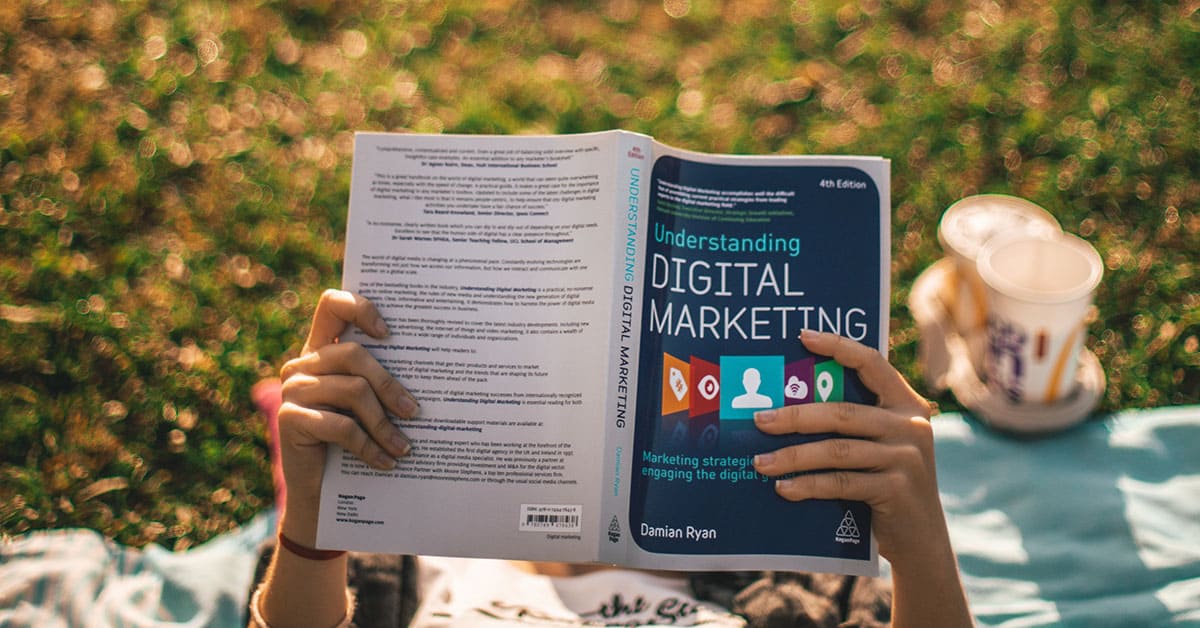This is our SEO guide for on-page SEO optimisation. It includes tips and examples to improve your webpages.
Title Tag
Your title tag is the most important on-page SEO factor. Title tags are displayed on search engine results pages (SERPs) as the clickable headline for a given result.
TIPS:
- Include your target keyword in the beginning of your Title Tag.
- Avoid duplicate Title Tags.
- Google typically displays the first 50–60 characters of a Title Tag. If you keep your titles under 60 characters, our research suggests that you can expect about 90% of your titles to display properly.
EG:
Primary Keyword – Secondary Keyword | Brand Name
8-foot Green Widgets – Widgets & Tools | Widget World
Meta Description
The Meta Description tag serves the function of advertising copy. It draws readers to a website from the SERP. Crafting a readable, compelling description using important keywords can improve the click-through rate. Google uses this as a clue to help them figure out the topic of your page.

TIPS:
- As with Title Tags, Avoid duplicate Meta Description tags.
- Meta Descriptions can be any length, but Google generally truncates snippets to ~155–160 characters. It’s best to keep Meta Descriptions long enough that they’re sufficiently descriptive, so we recommend descriptions between 50–160 characters.
EG:
meta name=”description” content=”This is an example of a meta description. This will often show up in search results.”
SEO Friendly URL
Create short and sweet URLs that include your target keyword/s.
TIPS:
- Google has stated that the first 3-5 words in a URL are given more weight.
EG:
https://yoursite.com.au/seo-friendly-url-with-keyword
Heading Tags
The main topic of the page is introduced in the main h1 heading, and each additional heading h2 or h3 is used to introduce a new sub-topic.
TIPS:
- Make sure your keyword or synonym is in an H1 tag
- Only have one H1 tag per page
EG:
h1 = Keyword Page Title
In this example, the h2 is more specific than the h1, and the h3 tags are more specific than the h2. This is just an example of a structure you could use.
h1 = Melbourne Travel Guide
h2 = Melbourne by the Seasons
h3 = Visiting in Winter
h4 = Visiting in Spring
Keyword in the Beginning of Content
TIP:
Include your target keyword in the first 100-150 words of your copy.
Image Optimisation
Name your image titles and tag your images with keyword-rich alt text.
TIP:
- Make sure at least one image file name includes your page target keyword and that your target keyword is part of your image Alt Text.

EG:
img src=”pancakes.png” alt=”Stack of blueberry pancakes with powdered sugar”
Content
The content of a page is what makes it worthy of a search result position. It is what the user came to see and is thus extremely important to the search engines. As such, it is important to create good content. An ideal web page should be hyper-relevant to a specific topic (usually a product or single object) and provide unique content about the given subject.
TIPS:
- Create your content by applying your keyword research.
- Your web content should exist to answer searchers’ questions, to guide them through your site, and to help them understand your site’s purpose.
- Content should not be created for the purpose of ranking highly in search alone.
Internal Linking & Anchor Text
Add 2-3 internal links to older articles or other pages on your site when you publish a new post/page.
EG:
a href=”http://www.example.com/” title=”Keyword Text”
Multimedia in Blog Posts
Include at least 1 multimedia type (video, audio, images and lists) in every blog post that you publish.








